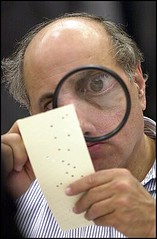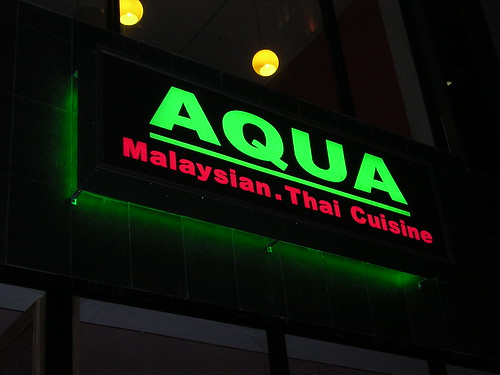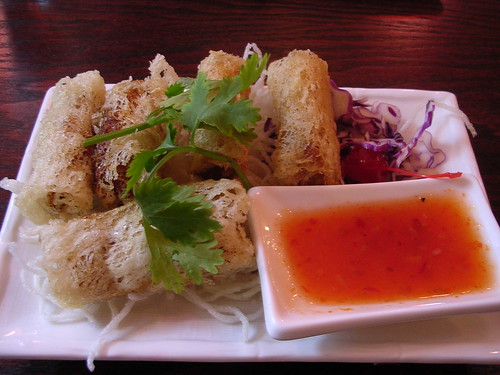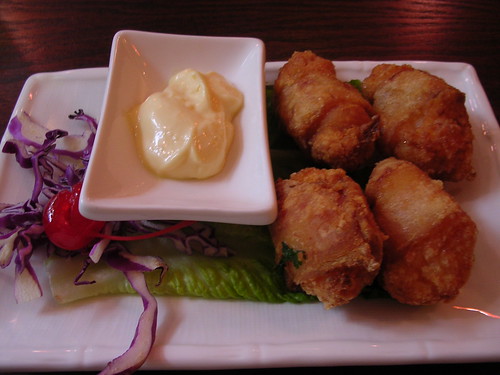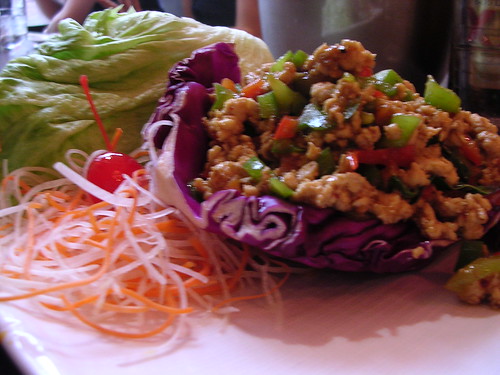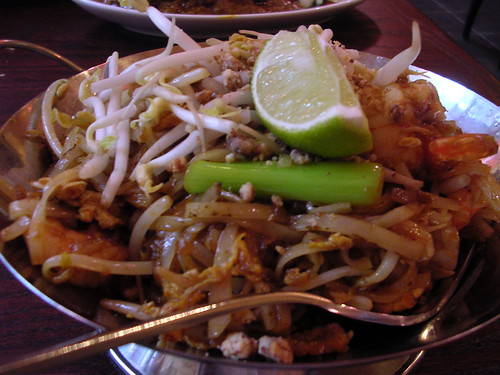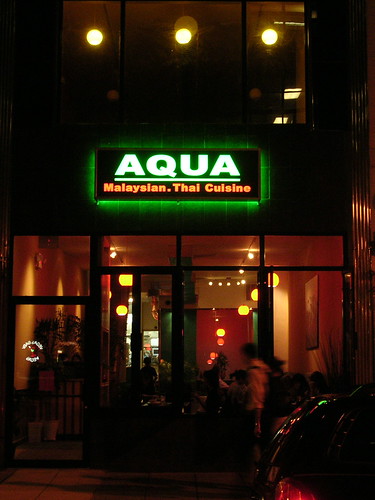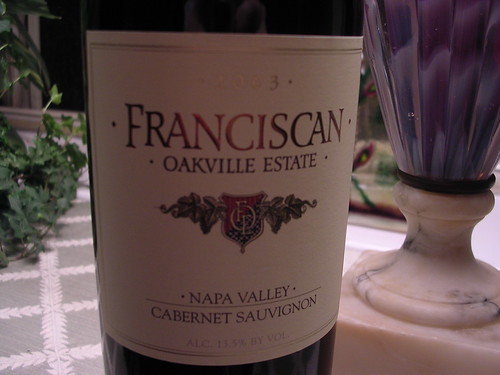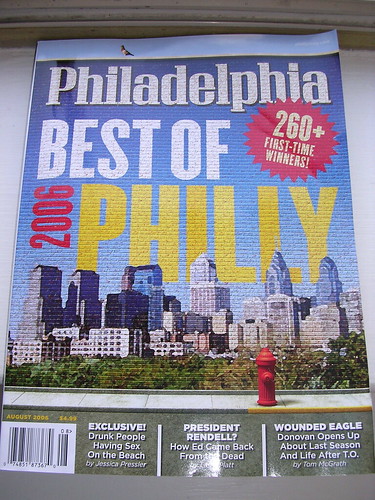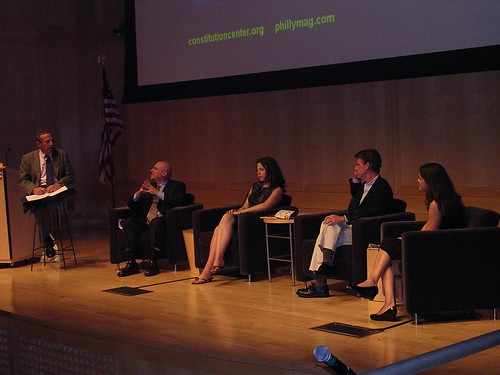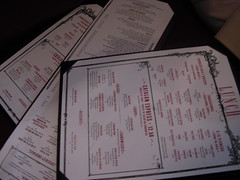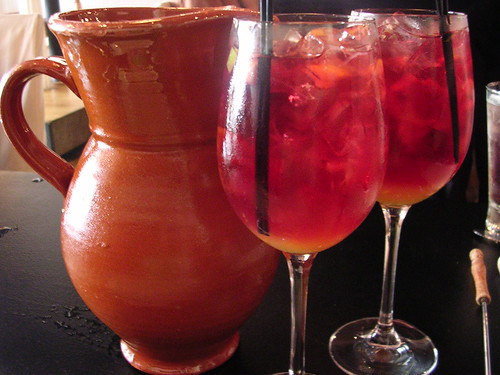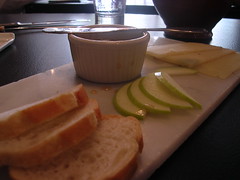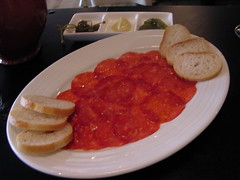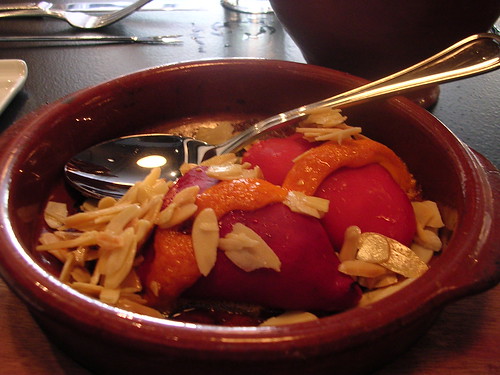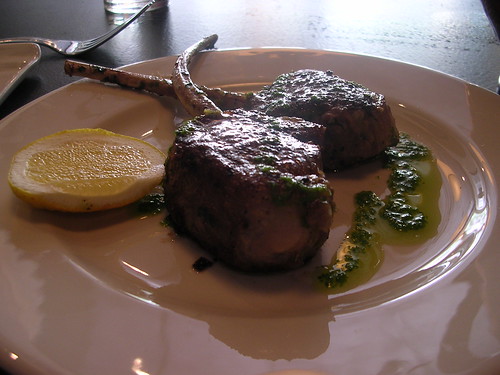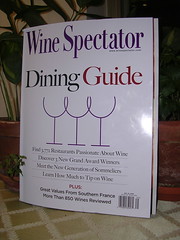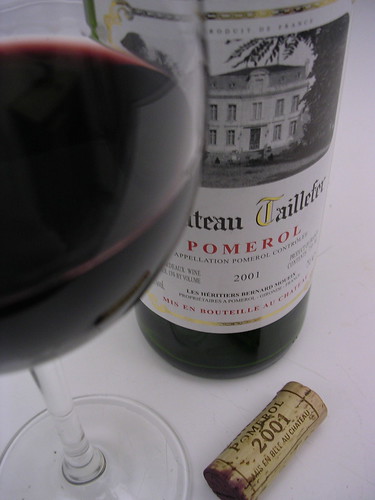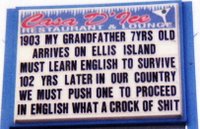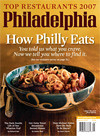
The Water Works Restaurant and Lounge has been one of the most anticipated restaurant openings of the year. So, I was looking forward to dining there as soon as possible, assuming I could get in.
“Fully Committed.”
That’s what I heard when I called for reservations. A gentle way of saying they’re booked. But Water Works appreciates that the way they say it matters. Good service is more than filling your coffee cup six times a la Mr. Pink. The devil is in the details, and these days one of those details is language. There’s a difference between a restaurant whose servers ask, “Have you finished enjoying your meal?” when they’re looking to clear your plate and a restaurant whose servers ask, “Are you done working on that?” Restaurants with good service appreciate the difference. And so should you, especially when you’re dropping serious coin for dinner. For that reason, hearing that Water Works was “fully committed” was oddly refreshing. The servers at Water Works also practiced this level of professionalism; they were attentive, knowledgeable and already comfortable in their routines.
But hearing “fully committed” doesn’t mean you can’t get a table at Water Works. Here’s a tip your hotel concierge may not yet know: the 80 intimate, waterfront seats outside on the mezzanine with a spectacular view of the sunset are available on a first come, first served basis. In other words, the best seats in the house can be yours without a reservation. There is a rub, however (there always is). Two actually, but they’re small. First, you’re exposed to the elements. There are no umbrellas on the mezzanine; they would ruin the view for those inside who have reservations. So, if it rains, you’re going to get wet. If it’s hot, you’re going to sweat. Lights, too, would ruin the insiders’ view. A friend of mine who dined there at night noted that it was difficult to read the menu by candlelight. Second, some of the tables are very small. Although our entrée plates fit on the bistro-sized table, not much else did. Edward Doherty, the Director of Operations at Water Works, explained that the outside tables originally were limited to the Meze menu. Small plates; hence, small tables. But patrons kept asking for the full dinner menu, and they wisely relented. Doherty confessed that the small tables weren’t working, so look for an adjustment to be made, if it hasn’t been made already.
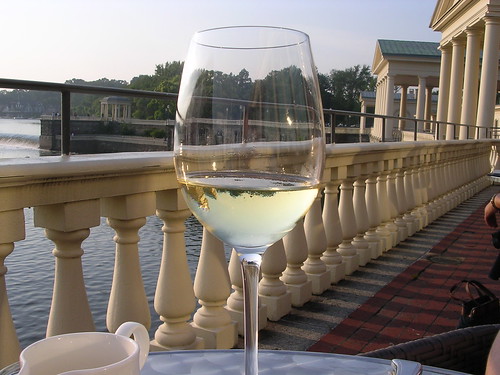
Although the wine list is short, it is respectable and very reasonably priced. It covers the popular varietals; however, I would like to have seen a few more mid-priced wines. For example, the 2004 Quivira Sauvignon Blanc, Fig Tree Vineyard ($28), which we ordered, was the least expensive Sauvignon Blanc on the list. However, the next least expensive Sauvignon Blanc jumped to $50. The Quivira is actually a blend of Sauvignon Blanc (88%) and Semillon (12%). It has a wonderful grapefruit and melon aroma, and the fruitiness found on the nose carries through to the palate. The Semillon, which marries well with oak-aged Sauvignon Blanc, adds a touch of richness and complexity to this summer-time potable.
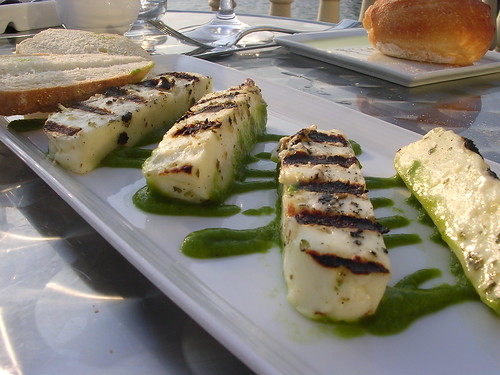
There is more to experience at Water Works than the sunset. Chef Adan Trinidad (formerly with El Vez) has crafted a Mediterranean-themed menu that is accessible, reasonably priced and ambitious. For starters, we decided to split two appetizers and a salad. First, we had the Grilled Halloumi Cheese with Roasted Hot Pepper and Extra Virgin Olive Oil ($7). For those unfamiliar with this Greek cheese, here are two things to know: (1) it has a high melting point, which means it is perfect for grilling; and (2) it’s salty. When I grill Halloumi, I top it with tomatoes soaked in olive oil; the tomato helps to balance out the saltiness. That’s just how I roll. Water Works, though, served their Halloumi with a roasted hot pepper sauce. The sauce was subtle and did not provide the balance you get with tomatoes. At the same time, however, it was zesty, refreshing and emphasized the basic elements of the Halloumi.
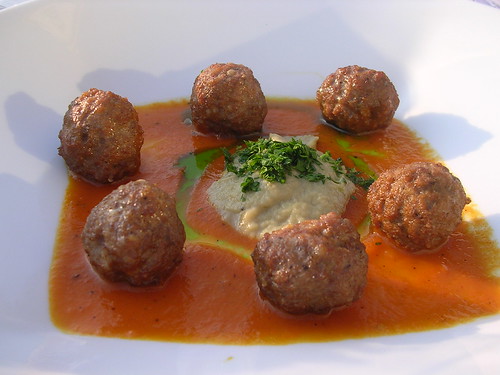
Next, we had the Meatballs with Roasted Eggplant and Smoked Yellow Tomato Puree ($7). The sauce had a light, mild spice and the eggplant added a comfortingly hearty texture. The meatballs were made with lamb (if I recall correctly) and were very tasty. My only criticism is that the meatballs appeared to be just a tad underdone.
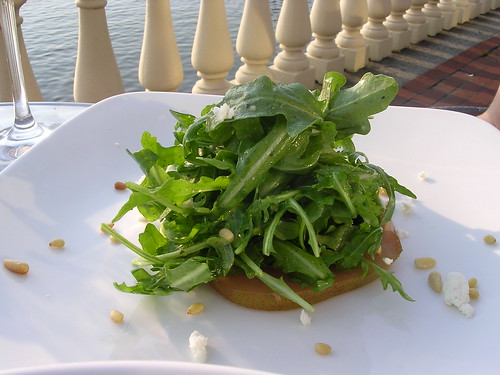
Our last starter was the Arugula Salad with Wine-Poached Pears, Pine Nuts, Goat Cheese and Champagne Vinaigrette ($8). The salad was elegant. I love goat cheese and pine nuts, probably a bit too much. So, I was disappointed that in this dish they were merely decorative accents. But I suppose this style of presentation is appropriate for an elegant salad. The vinaigrette was strikingly tangy. Acidity heightens the flavor of food. But here, for some reason, the vinaigrette seemed to compete with and subdue the meatiness of the arugula. The pears were candy-sweet and, of course, fit well with the vinaigrette.
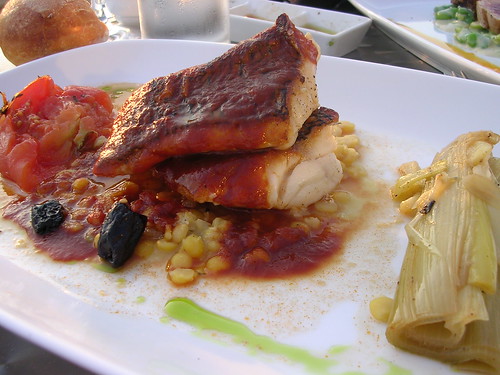
For the main course, I had the Pan-Seared Black Bass with Saffron Infused Tomato Broth, Yellow Split Peas, Confit Tomato and Braised Leeks ($24). The bass was cooked perfectly. A red sauce can be tricky with fish; it has the potential to overpower a lighter fish like bass. Fortunately, though, despite its dark, rich appearance, the broth was actually quite light with a delicate, peppery background flavor. The broth did not add the dimension to the fish that one would expect given its bold color, but it did provide a smooth transition to the savory yellow split peas. The braised leeks were rich and delicious, yet they did not seem to connect with the rest of the entrée.
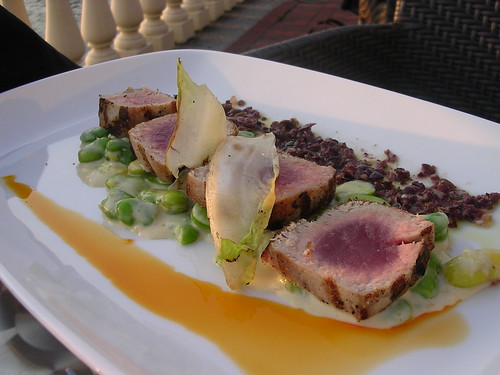
My wife had the Grilled Tuna with Creamy Fava Beans and Kalamata Olive Vinaigrette ($25). The tuna came in the form of medallions, which may not be the best way to present this dish. The center of each medallion, properly, was rare. But the edges, troublingly, were well done. The creamy fava beans were fresh, addictive and cooked to perfection; it was hard to keep my fork off my wife’s plate.
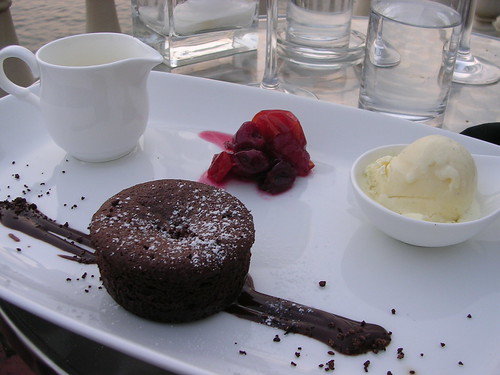
Stuffed as I was, our server talked me into dessert. But, then again, she did know the magic word: chocolate. More specifically, Warm Chocolate Truffle Cake with Candied Cherries, Manouri Ice Cream and Fresh Crème with Nutmeg—a steal at $9.00. This dish is notable not only for the way it tastes, but for the way it is presented. Here, Pastry Chef Chad Durkin (formerly with Susanna Foo) provides you with refined materials (cake, crème, ice cream and two fruits—tomato and cherries), allowing you to combine flavors on your own to construct each bite. Participating in the dessert changes the way you eat. The tomato/cherry combo is a Greek thing, apparently—acid and sugar. I get it in theory, but the tomato just didn’t do it for me. The warm chocolate truffle cake and the crème with nutmeg, on the other hand, were sinfully decadent.
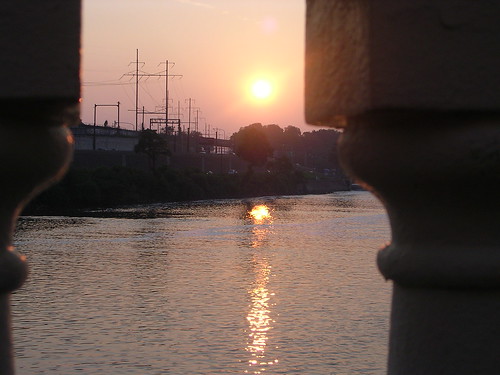
The sun was setting and the last bite of dessert was still ghosting around on my palate. A server looking to clear asked, “Have you finished enjoying your meal?” Indeed, we had. And so will you.
Water Works Restaurant and Lounge
640 Water Works Drive
Philadelphia, PA 19130
215-236-9000
Read More....


